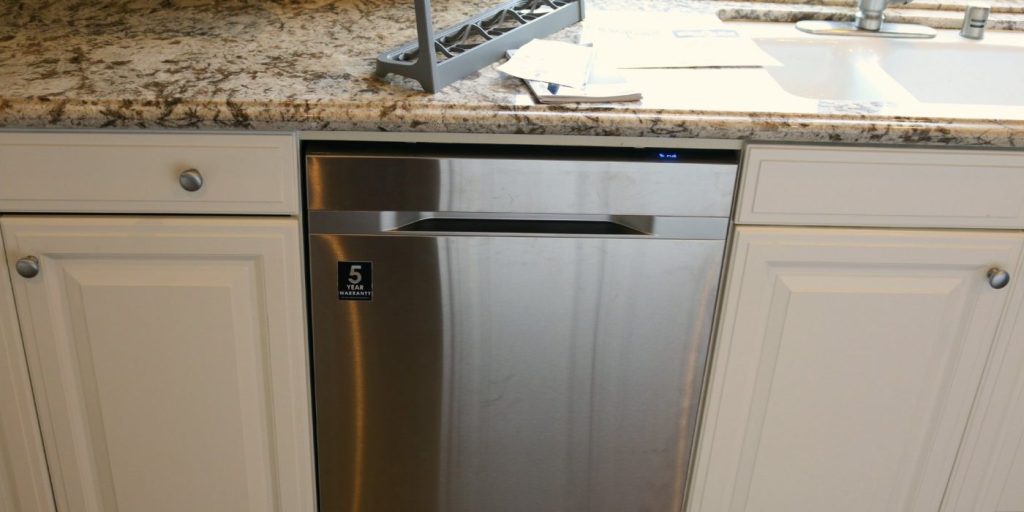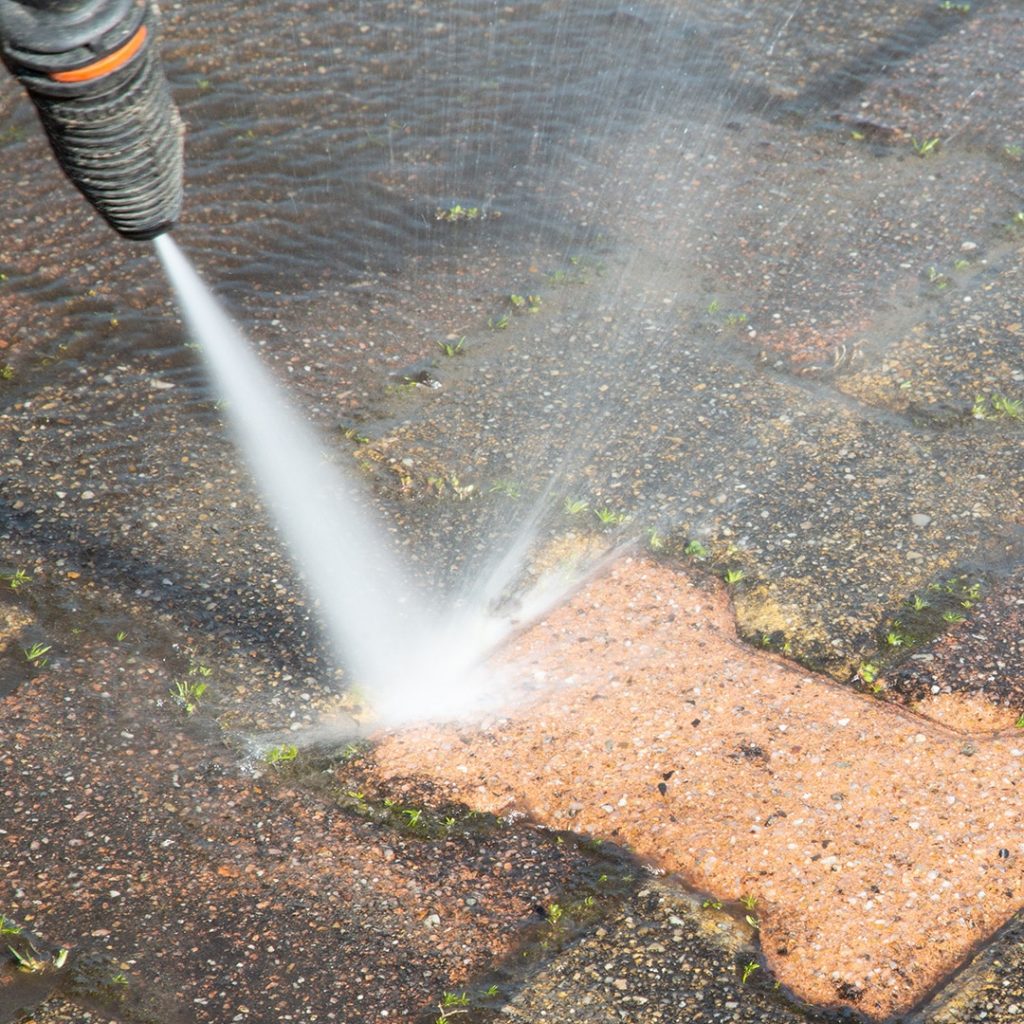Installing a dishwasher into a granite countertop requires careful planning and proper technique to avoid damaging either the countertop or the appliance. Granite is a heavy, brittle material that requires special handling when attaching hardware or drilling into its surface. Begin by measuring the space under the granite counter to ensure the dishwasher will fit properly. Standard dishwashers require a 24-inch-wide opening and clearance for both water and electrical connections. Before installation, turn off the power supply and water lines to the existing area to avoid accidents. Next, ensure that the floor under the dishwasher is level; granite countertops rely on even base support, and uneven flooring can place unnecessary stress on both the appliance and the counter structure. Because granite cannot support screws in the same way that wood can, alternative mounting techniques must be used. Typically, dishwashers are secured to the underside of wooden countertops with screws through metal brackets.

Instead, use side-mounting brackets that attach to the adjacent cabinetry, or use special adhesive mounting clips designed for granite surfaces. These clips are secured to the granite with a high-strength epoxy that holds the bracket in place without the need to drill. If you opt for epoxy, make sure to clean the underside of the granite thoroughly and allow the adhesive to cure for the full recommended time, usually at least 24 hours, before applying any stress. Next, position the dishwasher in the opening, being careful not to pinch the water or electrical lines as you slide it in. Connect the water supply using a braided stainless-steel hose to reduce the risk of leaks, and use a proper dishwasher connector kit to ensure a secure and code-compliant connection. The drain hose should be looped or attached to an air gap to prevent backflow, depending on your local plumbing codes. Connect the power supply according to the manufacturer’s instructions this often involves hardwiring the unit or plugging it into a grounded outlet under the sink.
Once the unit is in place and all connections are secure, run a test cycle without dishes to check for leaks and proper operation. Inspect the surrounding cabinetry and countertop to ensure nothing has shifted or become stressed. If the dishwasher shifts during the test cycle, secure it further with additional mounting clips or side brackets. The final step is to adjust the leveling legs to make sure the dishwasher sits flush with the countertop and browse this site. A well-leveled dishwasher will drain correctly and reduce noise during operation. Proper installation of a dishwasher into a granite countertop space not only protects your countertop investment but also ensures safe and long-term performance from the appliance. Always consult the dishwasher’s installation manual and, if unsure about any steps especially those involving electrical or plumbing work consider hiring a professional installer. For granite, however, the mounting brackets cannot be attached directly to the stone.




